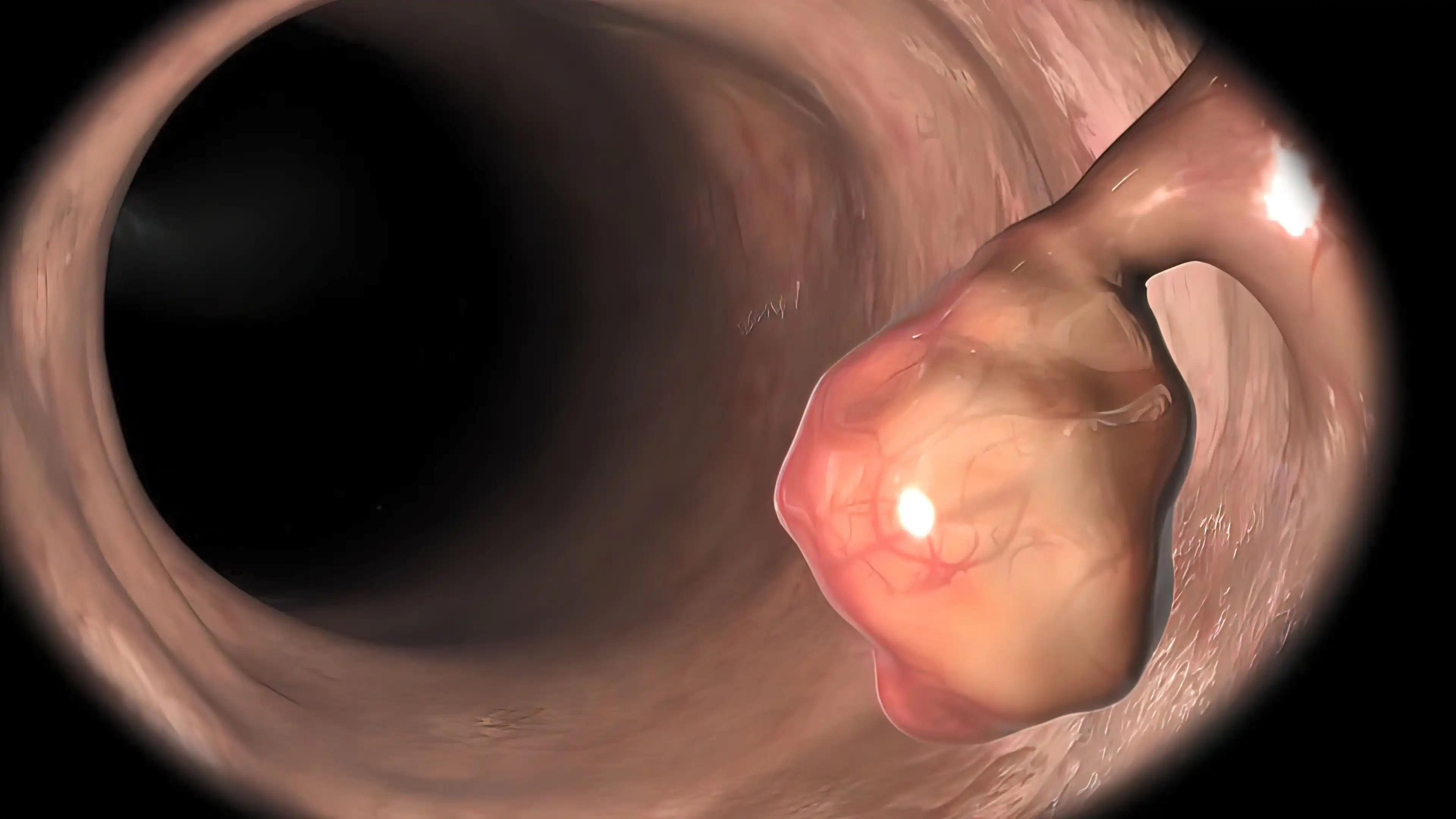KEY TAKEAWAYS
- The study aimed to investigate the immune microenvironment in patients with gastric and esophageal adenocarcinomas to identify factors influencing response to immunotherapy.
- Researchers noticed that esophageal tumors show heightened immune suppression, highlighting the need for tailored immunotherapy based on tumor location in GEACs.
Tumors in the distal esophageal adenocarcinoma (EAC), and gastro-esophageal junction, including cardia (GEJAC) and stomach (GAC), exhibit molecular and cellular similarities. However, chemo-immunotherapy effectiveness varies among GEAC patients, with EACs and GEJACs displaying a reduced response to checkpoint inhibition compared to GACs.
Given the pivotal role of the tumor immune microenvironment (TME) in therapy response, Tessa S Groen-van Schooten and the team aimed to conduct a comprehensive immune analysis of untreated GEACs to inform the development of personalized immunomodulatory strategies.
They performed an inclusive analysis utilizing 14-color flow cytometry in a prospective study to delineate the immune landscape of untreated gastro-esophageal cancers (n=104), utilizing fresh tumor biopsies comprising 35 EACs, 38 GEJACs, and 31 GACs.
They characterized the immune cell composition of GEACs and correlated it with clinicopathologic features such as tumor location, MSI, and HER2 status. Additionally, the spatial immune architecture of a subset of tumors (n=30) was assessed using multiplex immunohistochemistry (mIHC), enabling the determination of tumor infiltration by CD3+, CD8+, FoxP3+, CD163+, and Ki67+ cells.
Researchers found that the TME of GEACs displayed heterogeneity, with EACs exhibiting a higher abundance of immune suppressive cell populations like monocytic myeloid-derived suppressor cells (mMDSC) compared to GACs (P<0.001).
Conversely, GACs showed a proinflammatory microenvironment featuring elevated frequencies of proliferating (Ki67+) CD4 Th cells (P<0.001), Ki67+ CD8 T cells (P=0.002), and CD8 effector memory-T cells (P=0.024). This contrast between EACs and GACs was corroborated by mIHC analyses, which demonstrated lower densities of tumor- and stroma-infiltrating Ki67+ CD8 T cells in EAC compared to GAC (both P=0.021).
The study concluded that tumors in the esophagus exhibit more immune suppressive features than those in the gastro-esophageal junction or stomach, potentially elucidating the location-specific responses to checkpoint inhibitors in this disease.
These findings underscore the importance of stratifying clinical studies based on tumor location and developing location-dependent immunomodulatory treatment approaches.
The study was sponsored by the Dutch Cancer Society, the Netherlands Organization for Scientific Research, and the Oncode Institute. The gastric samples were partly collected in a study funded by the European Union’s Horizon (825823) 2020 research and innovation program.
Source: https://pubmed.ncbi.nlm.nih.gov/38638445/
Groen-van Schooten TS, Harrasser M, Seidel J, et al. (2024). “Phenotypic immune characterization of gastric and esophageal adenocarcinomas reveals profound immune suppression in esophageal tumor locations.” Front Immunol. 2024 Apr 4;15:1372272. doi: 10.3389/fimmu.2024.1372272. PMID: 38638445; PMCID: PMC11024289.



